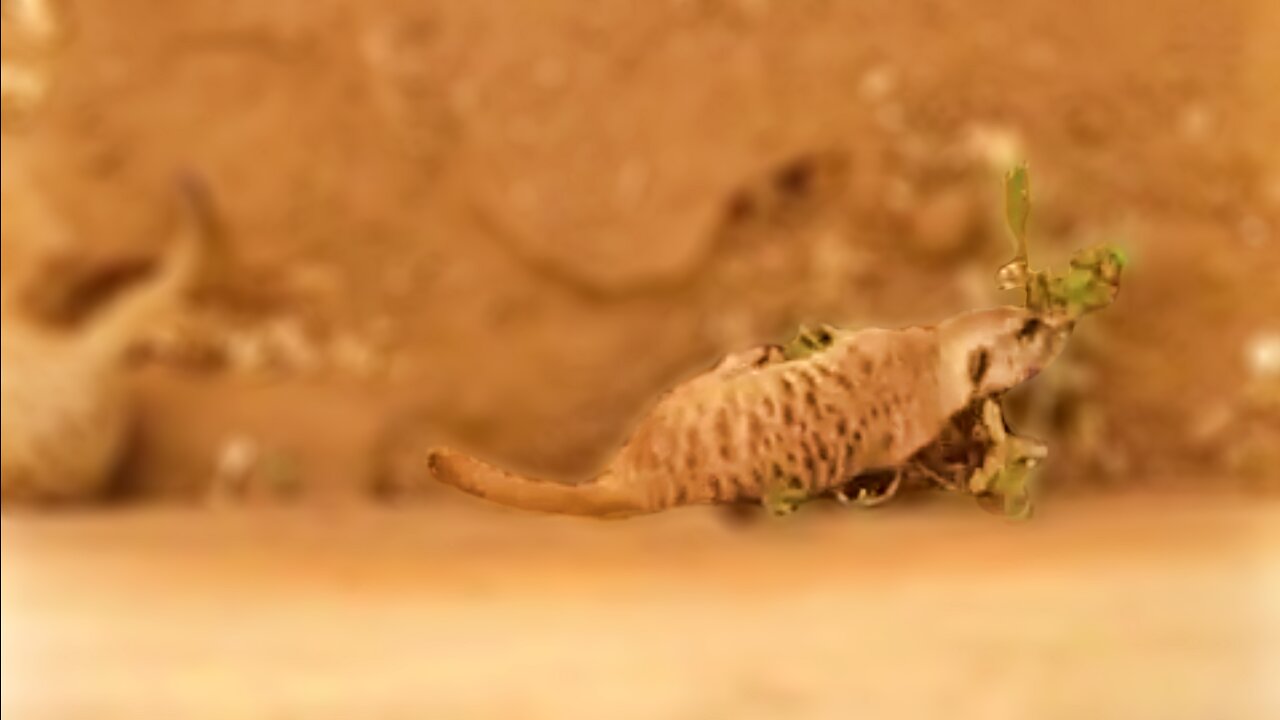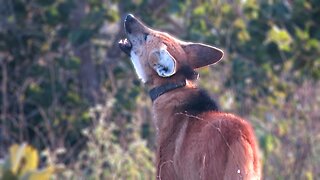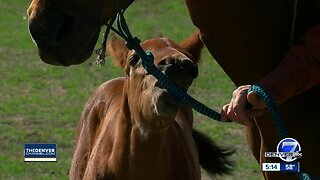Premium Only Content

Rescued meerkats being funny
These meerkats were rescued and are being cared for at a wildlife sanctuary. They are very entertaining animals to watch, with their funny mannerisms.
The meerkat (Suricata suricatta), also known as suricate, is the sole member of its genus. It belongs to the Herpestidae family, along with 27 species of mongooses, two dwarf mongooses, and four species of kusimanses.
Meerkats are small diurnal carnivores from southern Africa. Three subspecies of meerkats are currently recognized: the Southern African Meerkat (Suricata suricatta suricatta), in South Africa, southern Namibia and Botswana; the Desert Meerkat (Suricata suricatta majoriae), in central and northwestern Namibia and the Namib desert; and the Angolan Meerkat (Suricata suricatta iona), in southwestern Angola.
They are primarily insectivores, but they eat invertebrates in general, such as scorpions, spiders , millipedes, and centipedes, as well as some small vertebrates, such as lizards, snakes and, more rarely, small birds. They also eat eggs, plants and fungi. Meerkats are able to hunt scorpions because they are immune to certain types of venom.
They forage in groups, and there is always one sentry watching for predators while the others look for food. The sentry stands guard for about an hour, making peeping sounds when all is well.
They have claws that are used for digging burrows and finding prey, but can also help them to climb trees. Their tails are used for both balance, when standing up straight, and for signaling other meerkats.
Meerkats have no breeding season, being able to reproduce at any time of year. After about eleven weeks of gestation, a female can give birth to one to four pups in a litter, but the most common is three. They are born undeveloped, and the ears open about 10 days later, and the eyes between 10 and 14 days. Although they start foraging at one month of age, by following an older individual, they are only weaned at around two months.
-
 0:33
0:33
NataliaCara
2 years agoWild Maned Wolf roar-barking
4632 -
 0:25
0:25
KNXV
6 years agoHiker being rescued off mountain
15 -
 0:25
0:25
KNXV
6 years agoHiker being rescued off mountain
12 -
 1:37
1:37
KGTV
6 years agoWoman rescued after being caught in dangerous storm water
103 -
 2:09
2:09
ViralHog
6 years ago $1.12 earnedBunny Rescued From Being Buried in Snow
1.93K -
 0:45
0:45
ClipZilla
6 years agoPuppy Rescued After Being Dumped In Garbage Truck
19 -
 2:22
2:22
KMGH
6 years agoNeglected horses recovering well after being rescued in Park County
6 -
 1:12
1:12
WildCreatures
6 years ago $1.70 earnedRescued Canada goose shows complete joy at being free
5.53K1 -
 1:30:33
1:30:33
Anthony Rogers
1 day agoEpisode 373 - Darkside of the Smokey Mountains
46.4K1 -
 1:30:42
1:30:42
AlaskanBallistics
13 hours ago $2.25 earnedShooting the Wyoming Arms .22lr Suppressor Live!
33K9